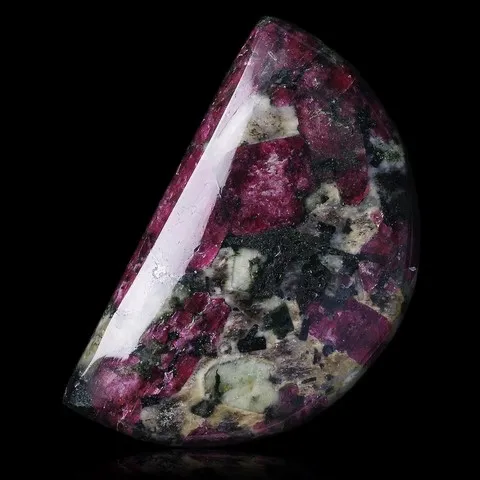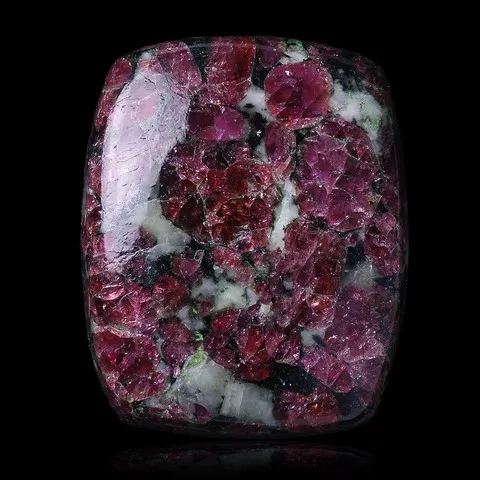It is a highly undersaturated grainy igneous rock, consisting mainly of alkali feldspars, usually perthitic microcline (on average 70%), and feldspathoids (mainly nepheline, more rarely sodalite, analcime or hauyne (on average 20 %), biotite, amphibole (riebeckite) and pyroxene like aegirine, sometimes cancrinite. Apatite, titanite, zircon, fluorite and sometimes calcite, corundum and eudialyte are abundant, defining many varieties and allowing the exploitation of these rocks as ore of zirconium, rare earth elements or phosphorus.The most famous deposits are those of the Kola Peninsula (Russia), Illimaussaq (Greenland) and the Arendal region (Norway).



